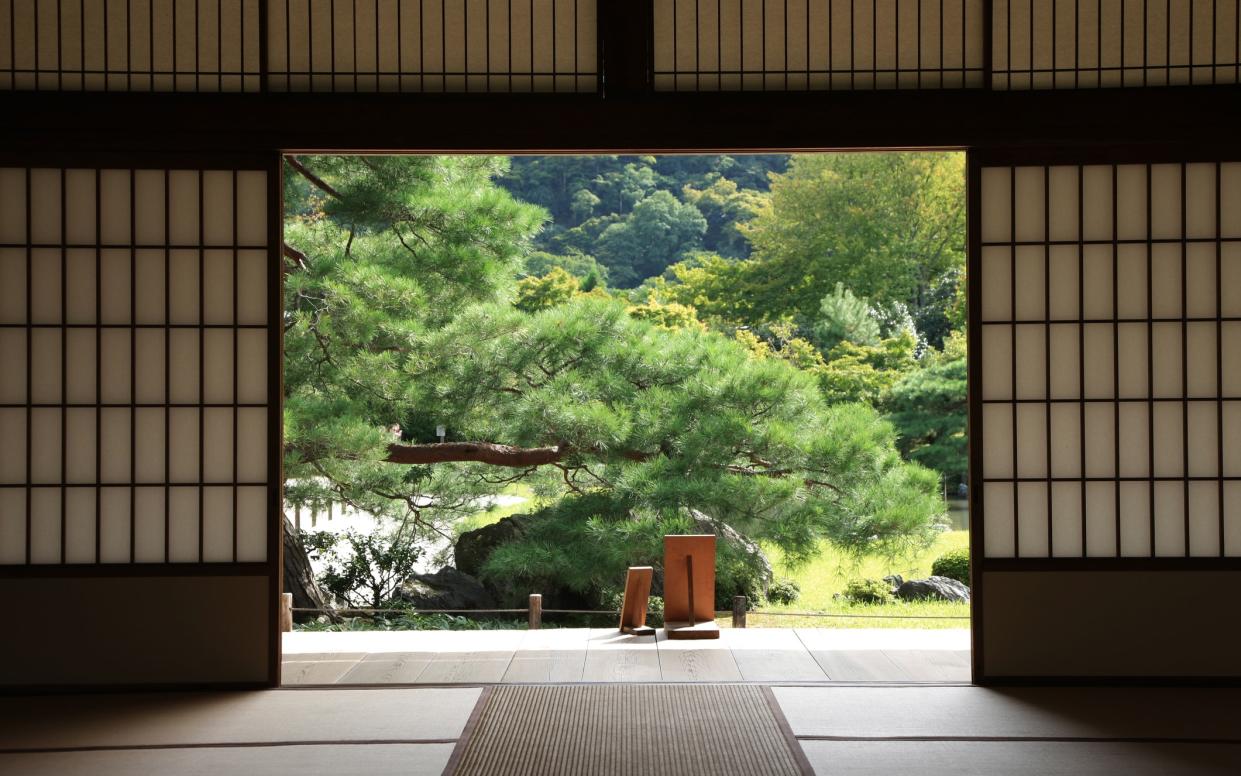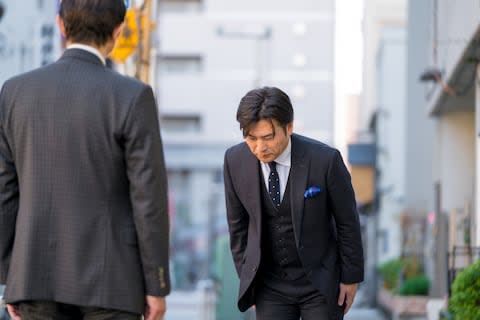The fascinating world of Japanese etiquette

It was over a decade ago that I committed my first major Japanese etiquette blunder: I was staying at a centuries-old ryokan inn in Kyoto and kimono-clad staff were politely attempting to explain the Slipper Rules.
More complicated than the Kyoto Protocol, I was swamped by a raft of obscure footwear regulations (the No-Slippers-If-The-Floor-Is-Made-With-Tatami and the Switch-Slippers-When-Going-To-The-Loo rules causing particular consternation).
Needless to say, I got it all wrong - I tripped around the ryokan in the wrong slippers in the wrong rooms, while wearing a kimono-style gown wrapped the wrong way (instead of left side over right, I fastened right over left – a sartorial statement normally reserved for corpses in funeral ceremonies, I later learnt).
This particular episode taught me two valuable lessons about Japanese etiquette: first, it is perhaps futile for the Western mind to even try to rationalise the myriad of rules that regulate Japanese society.
And second? As a foreigner, Japanese people will tend to understand if you occasionally break these rules - which is just as well, as it’s the kind of place where you can remain blissfully unaware of committing countless gaffes in the space of a minute.

Fast-forward to 2018 and I confess, despite having lived in Japan for over 11 years, the complex web of rules and regulations that govern society continues to cause periodic bafflement (and embarrassment).
From business card swapping and chopstick holding to queuing on train platforms (not to mention the complex world of hot spring onsen bathing), there are few social situations in Japan that do not involve some kind of unspoken code of conduct.
And as the countdown to the 2019 Rugby World Cup and the 2020 Tokyo Olympics gathers pace – bringing with it a record influx of tourists – the delicate issue of Japanese etiquette is increasingly in the spotlight.
Despite the general understanding that more often than not, these rules do not strictly apply to non-Japanese visitors, it is certainly helpful (and polite) to try to grasp the basics.
Among the most important? Greeting people correctly is a good starting point: a brief head nod is normally preferable to hand shaking, while business cards should always be offered and received with two outstretched hands.
Try to avoid causing offence by then promptly stuffing received business cards into your pocket: the Japanese norm is to take a moment to respectfully appreciate the cards, before – if seated and meeting several people at once – laying them neatly on the table in hierarchical order.

Table manners are another minefield of potential etiquette blunders. In a nutshell? Wash hands with the provided wet oshiborihand towel before eating; don’t pass food with chopsticks; use the opposite end of your chopsticks to serve yourself from shared dishes; don't take the last piece of food; don’t start drinking until after the first cries of “kampai!” (cheers); and top up other people’s glasses but not your own.
Travelling on public transport also opens up a whole new world of rules: for starters, however busy, passengers tend to queue on the platform before entering trains (look out for floor markings).

Meanwhile, eating and drinking on trains is generally frowned upon, as is talking on mobile phones (if absolutely necessary to take a call, passengers tend to cover their mouths with their hands while whispering apologetically into their phone).
And then there is, of course, onsen etiquette. Few trips to Japan are complete without at least one muscle-melting soak in a steaming hot spring onsen, be it in a traditional ryokan inn, a local bathhouse or outdoors on a remote mountainside.
Wherever you may find yourself, there are a few golden rules to remember: take all your clothes off; try to cover tattoos if you can (many onsenunfortunately still ban them due to criminal yakuza gang associations); then always wash thoroughly (and rinse of all bubbles) at the low taps before getting in the bath waters; don’t put the small towels provided in the bath waters (placing them on your head, however, is perfectly acceptable); and, needless to say, don’t pull out the plug.
Not to forget those dreaded footwear rules. In a nutshell? Take your shoes off when you enter a home or traditional hotel; wear only socks on tatami mat floors; and switch your slippers for the provided bathroom slippers when going to the toilet.
These are, perhaps, just the tip of the iceberg in etiquette-bound Japan. But if in doubt? Maybe resort to the one rule I have found to perhaps be the most useful during my years of living in Japan: simply copy whatever everyone else is doing. Plus it’s probably a good idea to fasten the right side over left if the opportunity arises to wear a kimono unless you wish to resemble a corpse.

